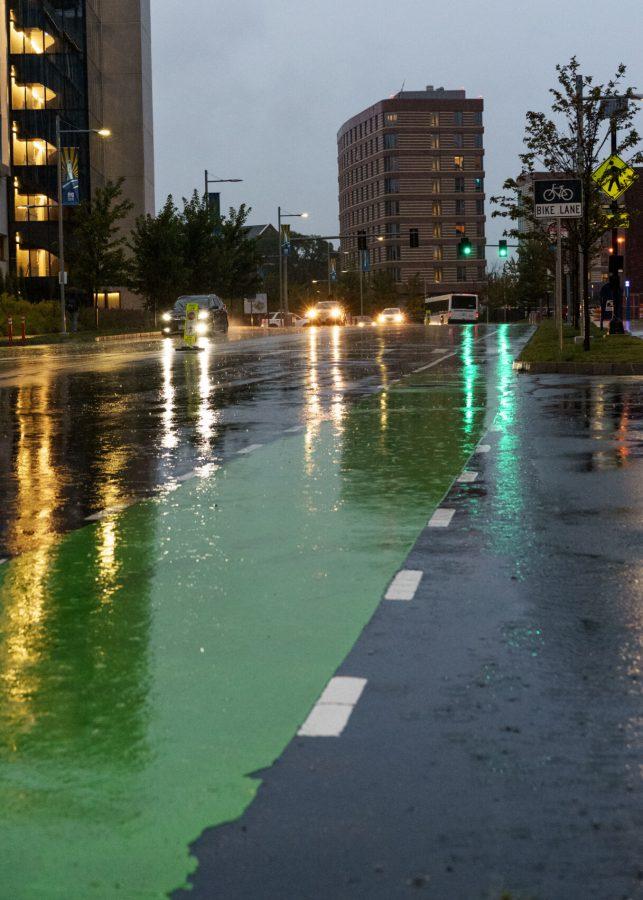Hurricane season is in full swing in the Atlantic as the Northeast faced yet another impact from a hurricane that brought harsh rain and flooding.
One of the first hurricanes of the season was Hurricane Henri, as it made landfall in the lower half of the Northeast as a tropical storm after downgrading from a Category 1 hurricane. Then Hurricane Ida made landfall in Louisiana as a Category 4 hurricane, and the effects could be felt all the way up the coast in the Northeast.
Places like New York, New Jersey and Pennsylvania faced harsh after effects of Hurricane Ida with massive flooding in all three states and tornadoes sparked by the storm touching down in places like New Jersey.
Hurricane Ida made landfall in Port Fourchon, La., bringing with it sustained winds of 150 mph.
Ida made landfall just 16 years after Hurricane Katrina made landfall as a Category 3 hurricane. Both Ida and Katrina followed a similar path to each other as they traveled over land.
According to the Atlantic, 74 hours before Ida made landfall, it was only categorized as a tropical depression. New Orleans experienced massive power loss, which caused doctors and nurses in one hospital to manually pump air into the lungs of COVID-19 patients.
Hurricane Ida also knocked out 95 percent of U.S. oil production in the Gulf of Mexico.
Cleanup is underway in Louisiana, but it may be weeks before many citizens in the state have their power restored.
According to NPR, Hurricane Ida rapidly worsened over the Gulf of Mexico due to the storm moving over warmer than average water in the gulf.
The damage in Louisiana has kept residents who evacuated from returning home until officials can assess the extent of the damage. While the brunt of the storm was felt in Louisiana, remnants of the storm made its way north and caused extreme weather events there as well.
Satellite images captured the flooding that occurred in New Jersey, as well as the destruction left by a tornado that made landfall in Mullica Hill, N.J.. Images from the BBC show the before and after of various places in New Jersey that were heavily affected by flooding.
New Brunswick, N.J. faced flooding that shut down many roads. According to the BBC, the remnants of Ida brought 6-8 inches of rainfall to the Northeast, particularly in New York.
“It set an hourly rainfall record of 3.15 inches for Manhattan, breaking one set by Tropical Storm Henri less than two weeks ago,” reported the BBC regarding the rain that hit the city as a remnant of Hurricane Ida.
President Biden declared an emergency in New York and New Jersey following the storm, allowing the states to receive federal funding for disaster relief efforts in each state.
As one hurricane dies down, another arises with Hurricane Larry off the east coast. Predictions for the storm say that it will stay off the coast of the Northeast as it travels outward back into the Atlantic, as described by radar and the Washington Post as of Tuesday, Sept. 7. According to the Washington Post, rough surf and dangerous rip currents are expected of Hurricane Larry along the Northeast.

